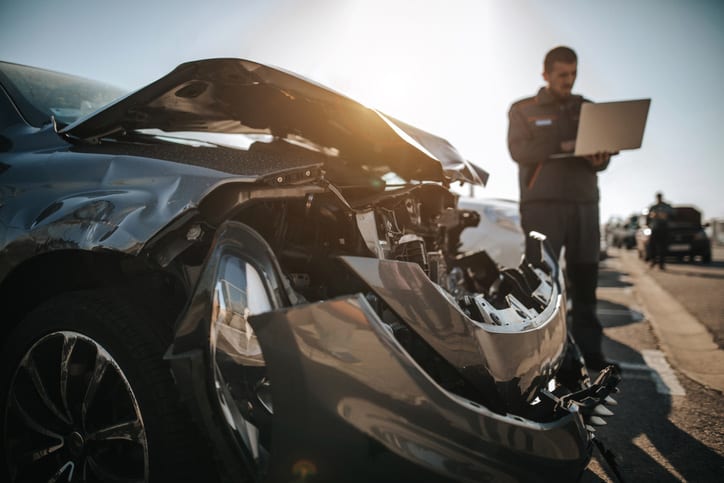Distracted driving is among the most prevalent reasons for road accidents in San Diego. When a driver is distracted, reaction times take a hit, and this increases the likelihood of crashes.

For victims of distracted driving accidents in San Diego, legal counsel is paramount to navigating the complexities of compensation and insurance claims. An experienced San Diego accident lawyer can help gather evidence, determine liability, and fight for the compensation that victims deserve.
Let’s discuss some types of distractions that can cause deadly San Diego car accidents:
Visual distractions occur when the driver’s eyes are diverted from the road, even briefly. Glancing at a phone, reading a text message, or glancing at a GPS system can cause a driver to miss critical traffic changes.
Other common visual diversions are reading signs, rubbernecking at an accident scene alongside the road, and searching for objects inside the car. Even adjusting mirrors or switching stations on the radio diverts visual attention, which can be dangerous at high speeds or during heavy traffic.
Manual distractions involve taking one or both hands off the steering wheel. Eating, drinking, or smoking while driving can make it difficult to be fully in control of the vehicle.
Some drivers also engage in grooming activities, such as applying makeup or making changes to clothing, which significantly increases the risk of an accident.
Handling objects like a mobile phone, reaching for objects in the backseat, or playing with in-car controls can also result in a loss of attention and vehicle control.
Mental distractions occur when a driver’s thoughts are not fully focused on the road. Fretting over personal issues, work concerns, or future plans can take the driver’s mind off driving.
Talking extensively with passengers or on a hands-free cellular phone can also divert mental focus, even with direct vision ahead of the car.
Daydreaming or being lost in one’s thoughts behind the wheel is another common thinking distraction that could lead to forgotten signals, shorter reaction times, and a greater likelihood of accident occurrence.
Auditory distractions involve sounds that divert a driver’s attention. Noise, horns, and cell phone calls can sidetrack a driver from the ability to concentrate. Conversations with passengers, particularly argumentative or mentally engaging ones, tend to be distracting. Random loud sounds, such as those from ambulances, fire trucks, and police vehicles, can momentarily divert drivers and make them lose concentration.
- Passenger and Pet Distractions
Passengers have the potential to be a serious distraction, particularly for cars with young children or pets on board. Parents will tend to look back to deal with children in the rear seat, removing their visual attention from driving. Unsecured pets can roam freely inside the car, prompting sudden reactions from drivers. Adult passengers can also be distracting if they need mental attention from the driver.
- Weather and Environmental Distractions
Weather conditions like heavy rain, sunlight, or fog can distract drivers’ attention. Any weather change might necessitate immediate adjustments, such as windshield wiper usage or speed regulation, which distracts a driver momentarily. Looking at other accidents or incidents on the road can also divert attention from one’s driving, creating opportunities to hit something.


